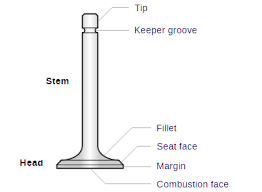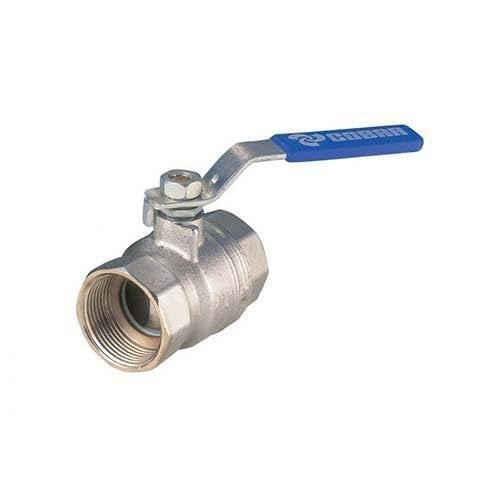What is Poppet valve ?
Poppet Valve: Types, Working, Operation, Diagram, Uses, Applications, Advantages & Disadvantages :- A poppet valve a valve which is generally use in Internal combustion engine for controlling the flow of burnt combustible fuel into the engine and burnt fuel out of the engine.An American engineer,E.A.G Young discovers this valve in 1833. The term “poppet” is derived from the English word puppet, which refers to a doll that can be controlled from above via wires, strings, or any other means. Similarly, the poppet valves are controlled by a cam and gear assembly that is driven by the engine shaft.
Parts of poppet valve
The parts are ;Guide oil seal,Spring retainer,locks,spindle Some External parts which help in operation are ; Camshaft,push rod and Rocker arms.
Read :- Classification of IC engine
How does a poppet work ?
Poppet valves have a thin stem and a mushroom-like head. They are commonly used in the engines. They operate in a piston engine by opening and closing the intake and exhaust ports in the cylinder head. The valves are moved by the engine by pushing on the stems with cams and cam followers.
Working principle of Poppet valve
Poppet valves are used in most of the reciprocating internal combustion engines for opening and closing the intake and exhaust manifold of the engine cylinder.The working of poppet valve is, as cams rotate and pushes the v/v upward against the spring,the head of the poppet lift frim its seat and the space for the flow of gas generate.The greater the cam lifts the valve, the greater the port opening and the greater the volume of gas flowing into or out of the combustion chamber. Further cam rotation causes the valve to descend downwards due to the action of spring force, closing the port.
Constructions of poppet valve
The poppet’s body is made of stainless steel to prevent corrosion and thermal fatigue. The seat face of the poppet is grounded at a 45o angle to completely cover the port, allowing for leak proof covering of the port. The poppet valve is typically made up of a round stem tip, known as the head, in the shape of a mushroom, which is used to close the passage by pushing the head against the valve seat via the combined action of fluid pressure and spring force. Manual, cam action, electrical, solenoid, or pneumatic operation are all options for the valve.
Applications of poppet valve
The main advantage of this valve is there is no requirement of lubrication.The poppet valve does not require lubrication.This plus point to select the poppet valve without worrying about the chemical compatibility of the lubricant with various fluid applications.
This also qualifies them for use in any system that requires clean, dry air, such as a medical application.Poppet valves have a self-cleaning tendency because the large relative valve opening produces a large flow through it, sweeping away contaminates that reside on the valve’s surface. Poppet valves are commonly used in single-acting cylinder engines for pressure holding and pressure release. They are also used in the loading and unloading of positive displacement pumps. Poppet valves are sometimes used as relief valves in air tanks.
Advantages and Disadvantages of poppet valve
Poppet valves have a number of advantages over other types of flow control valves. Higher flow rate, closed crossovers, fast response time, long term life cycle due to low friction, low contaminant damage due to its shape, and lower cost are the main benefits. The term “crossover” refers to a period of time when one valve opens slightly before another fully closes.
This emphasizes the importance of the poppet valve when precise control over the flow of fluid is required. The response time is faster with a poppet valve because a shorter movement is required to induce a high flow rate into the engine cylinder, but the response is not consistent because the opening and closing of the valve is also dependent on the engine’s gas pressure. Furthermore, the poppet valve cannot be used in a vacuum application. Poppet valves are typically used with springs; however, when used as check valves, they may or may not be used with springs, depending on the valve design and requirements. However, when used as a relief valve, it must be equipped with springs.
Check Out Other Important Topics


